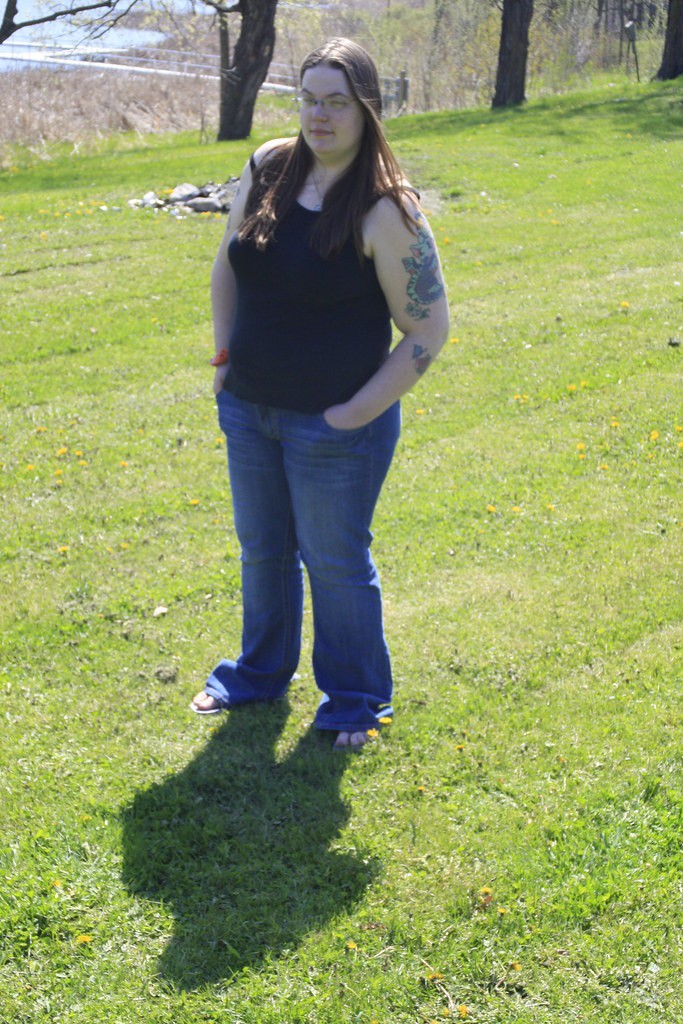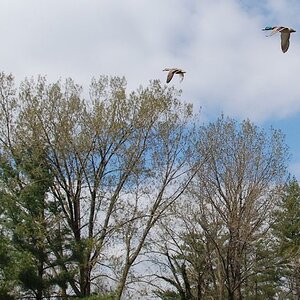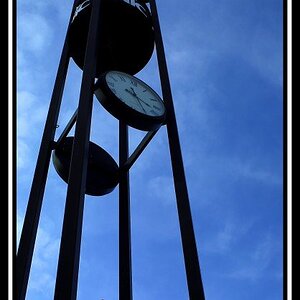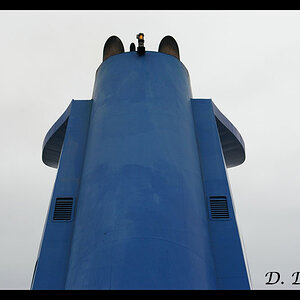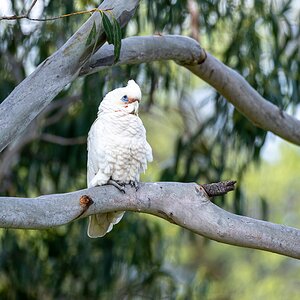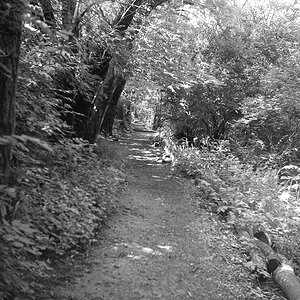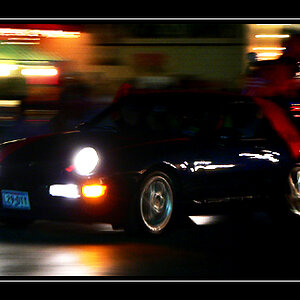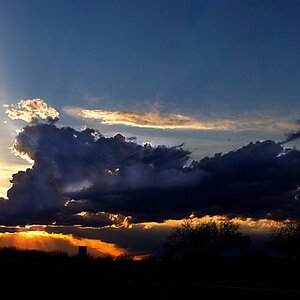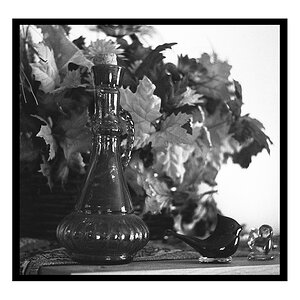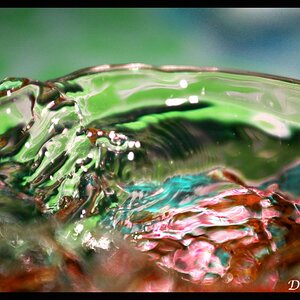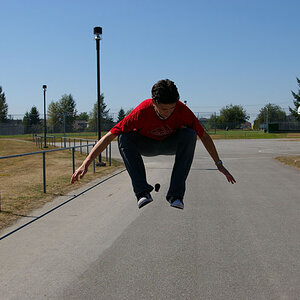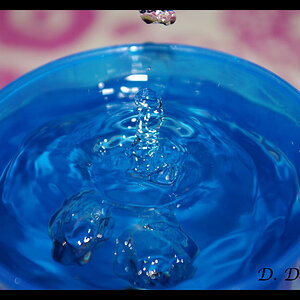AgentDrex
No longer a newbie, moving up!
- Joined
- Jan 27, 2008
- Messages
- 2,837
- Reaction score
- 405
- Location
- Bemidji, Minnesota, USA
- Website
- flickr.com
- Can others edit my Photos
- Photos OK to edit
A few of my friends are, how would you say, a little heavier. If I take photos of them, what is the best way to pose and light them? I know head-shots would work but I'm thinking in terms of including their whole person in the photo.
I don't have lights, I use natural lighting (in my case, the sun) and a homemade reflector. But please include lighting tips with actual lights as well...I will end up putting together a nice kit at some point in the near-to-distant future...
I realize I should just search the threads for previous discussions of this topic but since I'm a jerk, I'm asking for any input......again if the case be so....
Thank you in advance for any assistance.
I don't have lights, I use natural lighting (in my case, the sun) and a homemade reflector. But please include lighting tips with actual lights as well...I will end up putting together a nice kit at some point in the near-to-distant future...
I realize I should just search the threads for previous discussions of this topic but since I'm a jerk, I'm asking for any input......again if the case be so....
Thank you in advance for any assistance.



